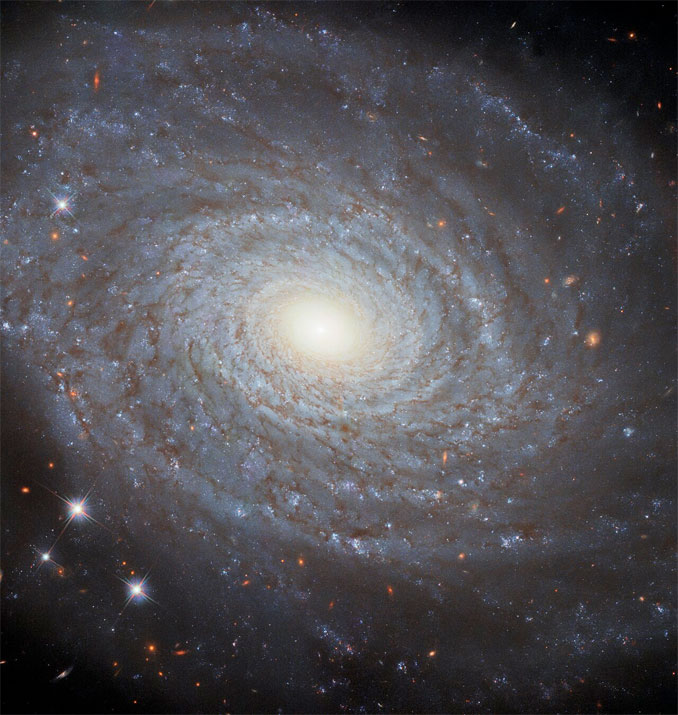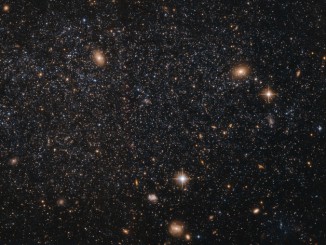The galaxy NGC 691 in the constellation Aries presents a stunning target for the Hubble Space Telescope, showing off near perfect spiral arms wrapped tightly around a brilliant core. Discovered by William Herschel in November 1786, NGC 691 is about 120 million light years from the Milky Way and measures some 130,000 light years across. A type 1a supernova, a class used as “standard candles” in surveys supporting the discovery of dark energy, was detected in NGC 691 in 2005.

Acknowledgement: M. Zamani



